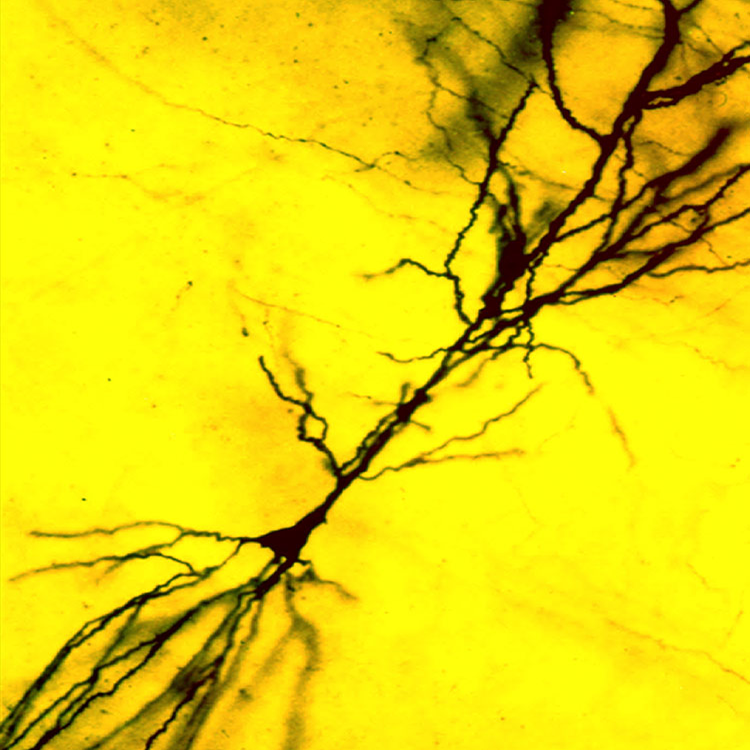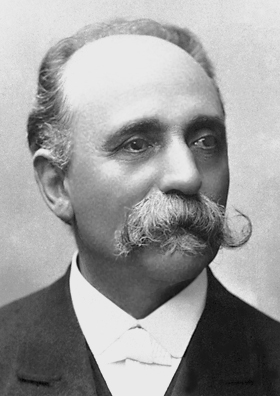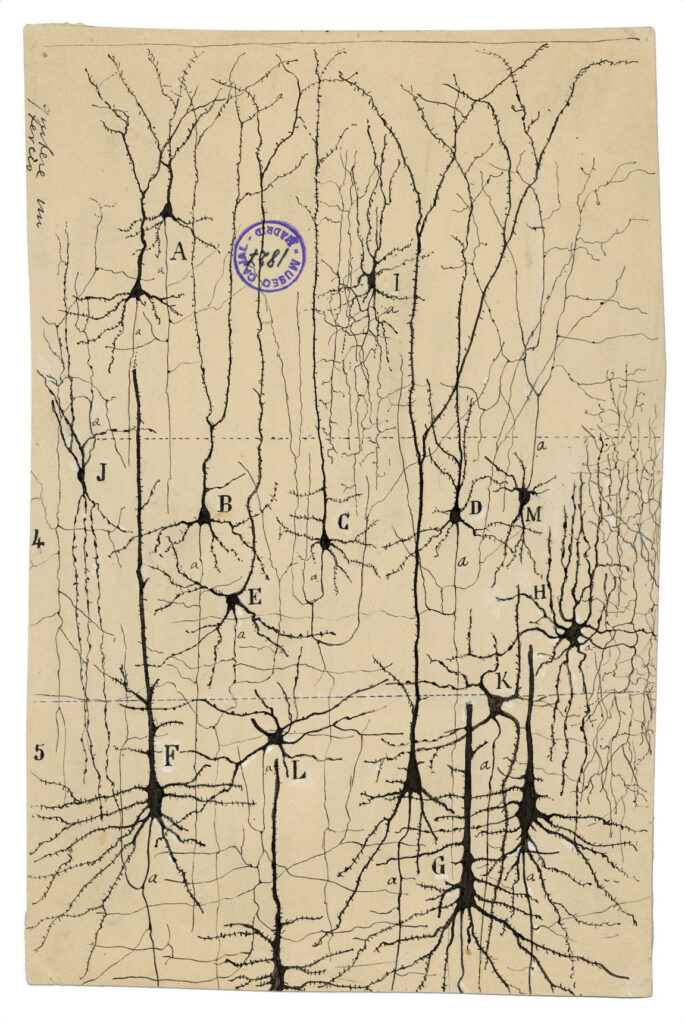The Magical Black Stain


Like the famous scientists such as Albert einstein, Michael Faraday, Marie Curie etc. as yet little known, discoveries Camillo Golgi and Santiago Ramón y Cajal did are milestones for science. They were the architectures of today’s neuroanatomy, the yin and yang of this area of medicine who were jointly given the Nobel Prize.
Today, it is much easier to stain cells and observe them via beautiful fluorescent staining techniques and fancy electron microscopes thanks to modern technology. However, this wasn’t always the case. A hundred years ago we didn’t know what neurons looked like, until two scientists and a magical black stain showed up.
Camillo Golgi (1843 – 1926)

Camillo Golgi is an Italian biologist and pathologist who was born on 7 July 1843. He is known for his works on the central nervous system. 1873 became a turning point for neuroscience via his discovery of a new neuron staining technique which is called “the black reaction”. The breakthrough was so major that several structures in anatomy and physiology were named for him, such as the Golgi Apparatus, the Golgi tendon reflex etc.
Santiago Ramón y Cajal (1879 – 1930)
Despite the fact that people consider scientists as human beings who do nothing but working and studying, Cajal was a rebel and always wanted to become an artist when he was a child. Although his father forced him to specialize in the medical field and Cajal became a Spanish neuroscientist, pathologist, and histologist.
The Black Reaction

The black reaction uses extremely toxic chemicals which are potassium chromate and silver nitrate to harden tissue and stains sections of it. When Golgi cut the tissue and put it on a slide, some of the neurons stained black showing their own dendrites and axons. However, this technique shows some of the brain cells, not all of them. Also, the black reaction gave biologists the opportunity of observing those individual brain cells in detail which was a total game-changer. Despite the fact that Camillo Golgi has invented this incredible staining technique, he wasn’t right about everything. He was stuck in the reticular theory which claimed that the neuronal tissue was connected in one continuous network called “the reticulum” but not everyone believed this theory.
Cajal challenged Golgi’s ideas with his artistic skills and using Golgi’s own staining techniques, he applied the black reaction to his own research. He was observing the stained cell bodies, axons, and dendrites and spent hours sketching them. His careful observation led him to discover new ideas about our brain: The brain was made up of separate individual cells as well as the rest of our body. The debate between Golgi and Cajal lasted for the rest of their lives. In 1950’s, scientists discovered the gaps in between neurons which is called “synapses” via observing neurons with an electron microscope and proved Cajal was right.
The Nobel Prize
Because of their contributions to neuroanatomy, Ramon y Cajal and Camillo Golgi were jointly awarded the Nobel Prize in Physiology or Medicine in 1906. Cajal continued to draw neurons in detail and has written two books including his own drawings which are still referenced by scientists today.